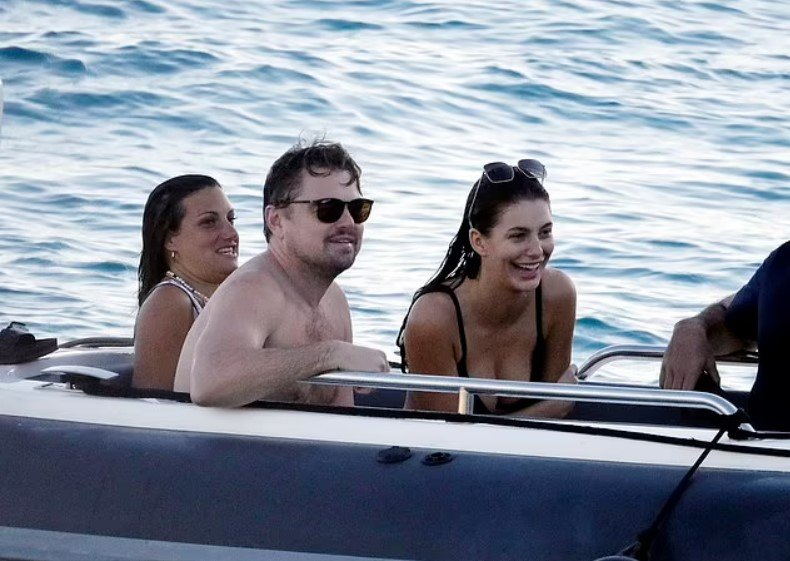We have all made mistakes and that is normal because that is what being human is about. We learn, make mistakes, learn again and adapt. That is how and the only way we can coop with Earth as we learn to live without destroying it. Unfortunately, Galapagos tortoises are one of the most critically endangered species with only 300 left spotted on the island. No babies have been spotted for the last 100 years.
Until 2015 when 10 baby Galapagos tortoises spotted on the beach, giving signs that these hatchlings safely survived the devastating rats epidemic. Since the 1800s, the island has been attacked by rats, a predator that feast on eggs and nearly decimated the species. But in 2012, the island was declared rat-free after a huge effort in spreading rat poison to eliminate the dangerous foreign species from the island. After a hundred years, human's effort has finally proved that it might be slow, but you can be sure that in time, your effort will bring good results.
There are more species declared as endangered and critically endangered out there. Each of us has our own role in making sure they won't be completely extinct. Making small changes in our life might mean a better future for these species!
He told The Dodo:
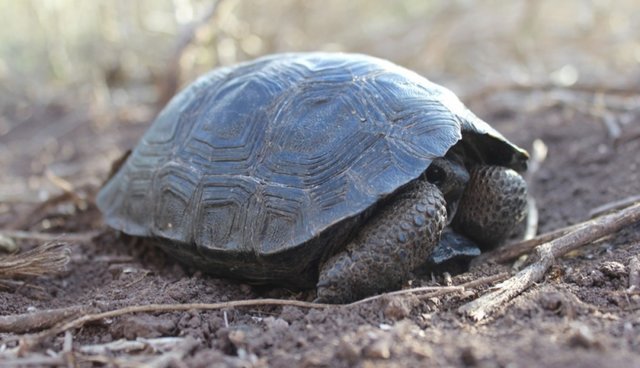
The recent births are helping to pull the critically endangered animals back from the brink of extinction after they were nearly laid to waste as a result of human activity.
"I'm amazed that the tortoises gave us the opportunity to make up for our mistakes after so long," researcher James Gibbs who was among the first to see the hatchlings in December, told The Dodo.
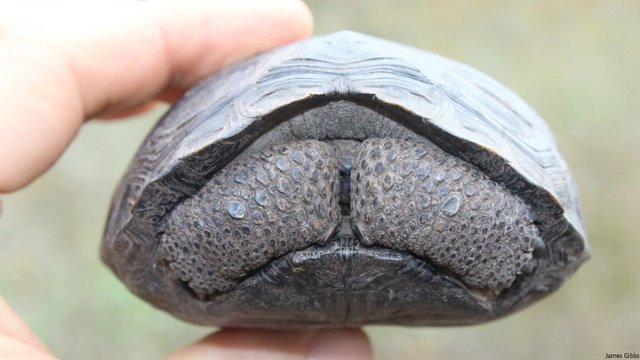
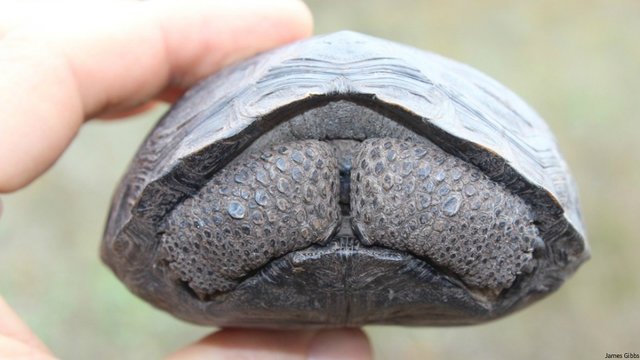
The rats were so devastating, in fact, that over the following decades not a single tortoise offspring survived the onslaught - setting the species on the path to extinction.
But just as human activity nearly spelled doom for the imperiled animals, it has also helped to save them.
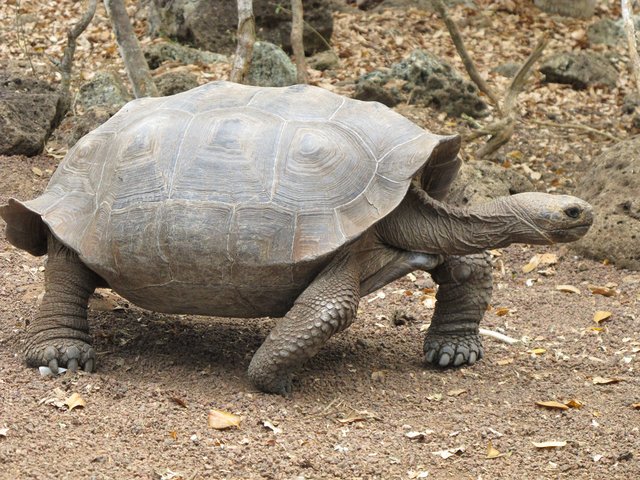
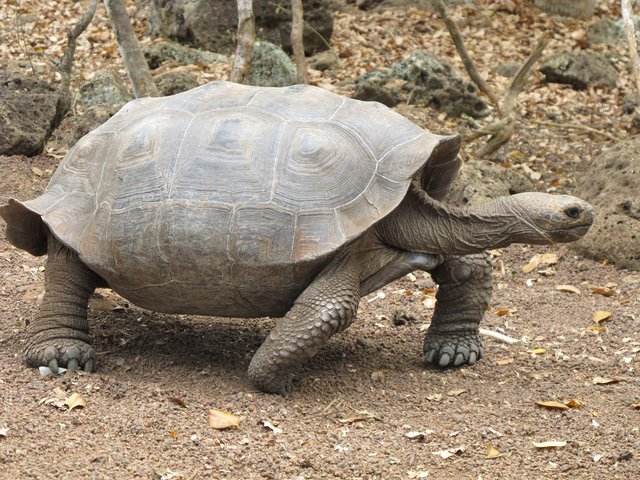
Then, in 2012, biologists used helicopters to distribute poison designed to attract only rats. It was a first-of-its-kind operation, but it worked; Pinzón was recently declared rat-free.
"The incredible eradication of rats on this island, done by the park service and others, has created the opportunity for the tortoises to breed for the first time," says Gibbs.
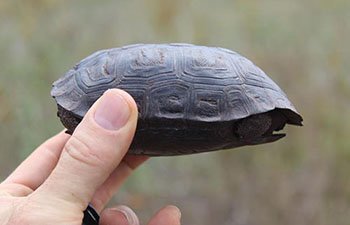
While 10 might hardly seem like a baby boom, Gibbs says it's just the tip of the iceberg:
"Given projection probabilities, I'm sure there were a hundred times more hatchlings out there."
Gibbs and his team spotted 300 tortoises in all on the trip, which he says suggests that there are now more than 500 estimated to be currently living on the island.
Until 2015 when 10 baby Galapagos tortoises spotted on the beach, giving signs that these hatchlings safely survived the devastating rats epidemic. Since the 1800s, the island has been attacked by rats, a predator that feast on eggs and nearly decimated the species. But in 2012, the island was declared rat-free after a huge effort in spreading rat poison to eliminate the dangerous foreign species from the island. After a hundred years, human's effort has finally proved that it might be slow, but you can be sure that in time, your effort will bring good results.
There are more species declared as endangered and critically endangered out there. Each of us has our own role in making sure they won't be completely extinct. Making small changes in our life might mean a better future for these species!
The tortoises, of which there have been at least 300 spotted, were first seen by researcher James Gibbs in December. Gibbs said 10 of these were hatchlings.
He told The Dodo:
I’m amazed that the tortoises gave us the opportunity to make up for our mistakes after so long.

James Gibbs -Via
After more than a century without a single baby tortoise sighting on the Galapagos island of Pinzón, a small group of the tiny, shelled youngsters have been spotted again.
The recent births are helping to pull the critically endangered animals back from the brink of extinction after they were nearly laid to waste as a result of human activity.
"I'm amazed that the tortoises gave us the opportunity to make up for our mistakes after so long," researcher James Gibbs who was among the first to see the hatchlings in December, told The Dodo.

James Gibbs

James Gibbs
When sailors first landed on Pinzón Island in the mid-18th century, they inadvertently triggered an environmental catastrophe that has taken generations to correct. Rats aboard those early vessels quickly gained a foothold in the fragile ecosystem, feasting on the eggs and hatchlings of the island's tortoises who, up until then, had few natural predators.
The rats were so devastating, in fact, that over the following decades not a single tortoise offspring survived the onslaught - setting the species on the path to extinction.
But just as human activity nearly spelled doom for the imperiled animals, it has also helped to save them.

Wikimedia -Via

Wikimedia -Via
In the 1960s, with only 100 tortoises remaining, conservationists launched a concerted effort to preserve the species. The few unhatched eggs that could be found were carefully collected and incubated on another island, where they were hatched and raised for five years - until they were large enough not to be attacked by rats - before being released back on Pinzón. But the rodent problem still plagued any eggs that remained on the island.
Then, in 2012, biologists used helicopters to distribute poison designed to attract only rats. It was a first-of-its-kind operation, but it worked; Pinzón was recently declared rat-free.
"The incredible eradication of rats on this island, done by the park service and others, has created the opportunity for the tortoises to breed for the first time," says Gibbs.

James Gibbs
"We did a survey [in December] to see if it was working for the tortoises, and we found 10 new hatchlings. This is the first time they've bred in the wild in more than a century."
While 10 might hardly seem like a baby boom, Gibbs says it's just the tip of the iceberg:
"Given projection probabilities, I'm sure there were a hundred times more hatchlings out there."
Gibbs and his team spotted 300 tortoises in all on the trip, which he says suggests that there are now more than 500 estimated to be currently living on the island.



